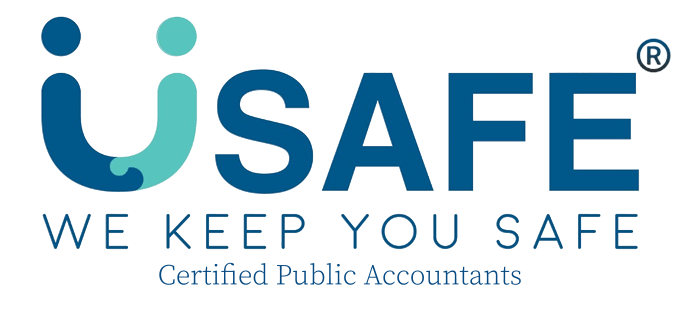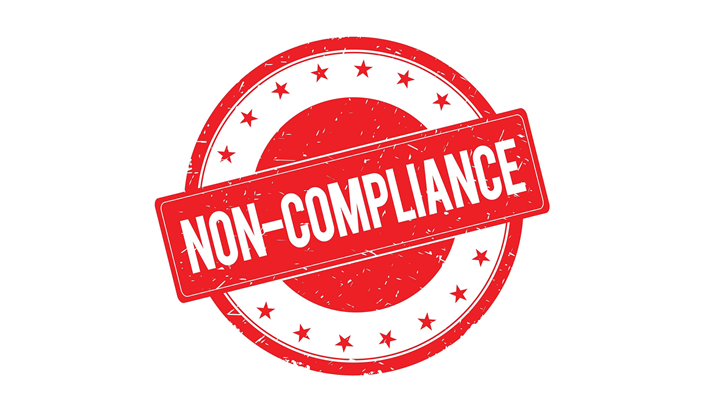The Real Cost of Non-Compliance
In today’s regulated business environment, compliance is not optional — it’s a necessity. Yet many businesses underestimate the real cost of non-compliance until it’s too late. Whether it’s a missed statutory deadline, failure to maintain proper records, or ignoring internal control procedures, non-compliance can be costly — both financially and reputationally.
In this article, we explore real-world case studies and highlight key lessons learned to help you understand what’s at stake and how to protect your business.
What Is Non-Compliance in Business?
Non-compliance refers to the failure to meet legal, regulatory, or internal control requirements. This can include:
-
Not filing audited financial statements on time
-
Inaccurate or misleading tax reporting
-
Poor recordkeeping
-
Breach of anti-money laundering (AML) or data protection laws
-
Failure to implement proper internal controls
Consequences can range from penalties and fines to criminal liability, loss of business licenses, and damaged stakeholder trust.
Case Study 1: Penalties for Late Financial Statement Submission
Company: A mid-sized trading company in Singapore
Issue: The company failed to file audited financial statements with ACRA within the statutory deadline for two consecutive years.
Outcome:
-
Incurred fines exceeding SGD 6,000
-
Directors received summons and had to attend court hearings
-
Additional compliance scrutiny was imposed in the following year
Lesson Learned:
Timely compliance is not just good governance — it protects your company and its directors from legal consequences. Using an annual compliance calendar and working with a proactive audit partner can prevent such lapses.
Case Study 2: Tax Audit Triggered by Poor Documentation
Company: Manufacturing business in Malaysia
Issue: During a tax audit by LHDN, the company was unable to produce adequate documentation for certain purchases and staff expenses.
Outcome:
-
Disallowed deductions led to additional tax payable
-
RM 45,000 in penalties for inaccurate reporting
-
Reputational damage with banks and suppliers
Lesson Learned:
Poor recordkeeping is one of the most common causes of non-compliance. Maintaining complete, accurate, and well-organised documentation is key — especially for tax-deductible items.
Case Study 3: AML Breach in a Fintech Startup
Company: A fintech startup in Singapore offering cross-border payment services
Issue: The company failed to perform due diligence and transaction monitoring for certain high-risk clients.
Outcome:
-
Monetary Authority of Singapore (MAS) imposed a fine of SGD 80,000
-
Business license was temporarily suspended
-
Investors pulled out due to reputational risk
Lesson Learned:
Compliance with industry-specific regulations (e.g. AML, KYC, PDPA) is critical — especially in regulated sectors. Risk assessments and regular compliance audits are essential for early detection of vulnerabilities.
Case Study 4: Internal Fraud Due to Lack of Controls
Company: Regional retail chain
Issue: A finance staff member manipulated sales records and bank reconciliations due to a lack of segregation of duties.
Outcome:
-
Loss of RM 120,000 through undetected fraud
-
External audit identified weaknesses in internal controls
-
Shareholders demanded a change in management
Lesson Learned:
Weak internal controls are a major compliance risk. Implementing proper checks and balances, such as role segregation and routine reconciliations, is essential to safeguard assets and detect fraud early.
The Hidden Costs of Non-Compliance
Beyond the immediate penalties, the long-term impact of non-compliance includes:
-
Loss of trust from investors, lenders, and customers
-
Reduced valuation or funding potential
-
Time-consuming regulatory investigations
-
Business disruption and management distractions
-
Higher audit and advisory costs in future years
How to Protect Your Business
-
Know Your Obligations – Stay updated on filing deadlines, licensing requirements, and industry regulations.
-
Engage Qualified Advisors – Work with audit, tax, and compliance professionals who understand your industry and region.
-
Establish a Compliance Calendar – Track key deadlines and assign responsibility to relevant staff or departments.
-
Perform Internal Reviews – Conduct regular internal audits to identify risks early.
-
Train Your Team – Ensure all employees are aware of your company’s compliance policies and reporting protocols.
Final Thoughts
Non-compliance is more than just a financial risk — it’s a threat to your company’s credibility, continuity, and growth. By learning from real-world examples and strengthening your compliance culture, you can avoid costly mistakes and build a more resilient business.
At USAFE, we help companies in Singapore and Malaysia stay ahead of compliance challenges through expert audit services, internal control reviews, and regulatory advisory. Our commitment to timely, quality-driven support ensures our clients stay compliant — and stay in control.
Worried about hidden compliance risks? Speak with our team today to schedule a compliance health check and safeguard your business for the future.
Disclaimer: This article is for informational purposes only and does not constitute any professional advice. Feel free to contact us to consult with our professional advisors team for personalized advice and guidance.






